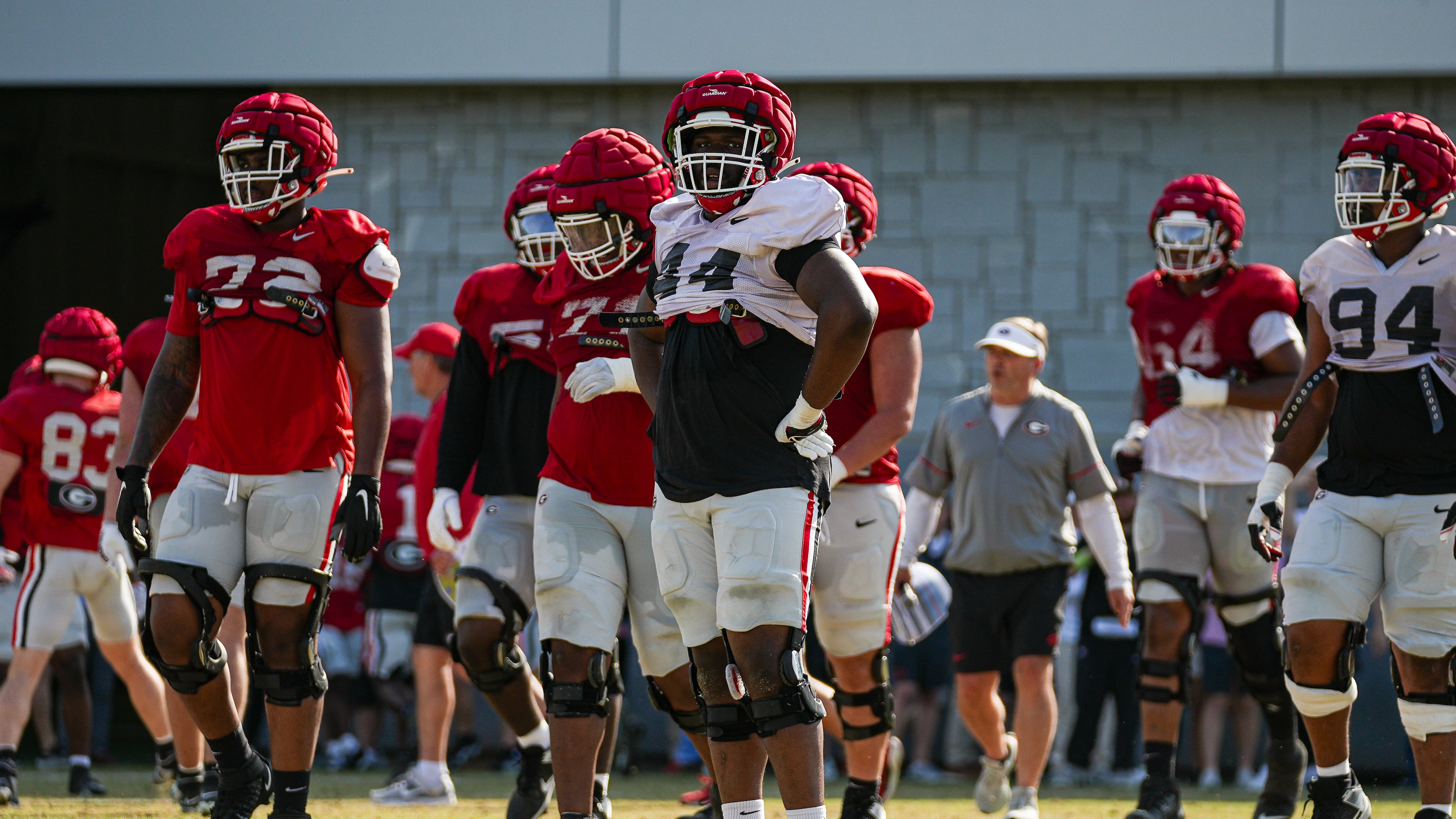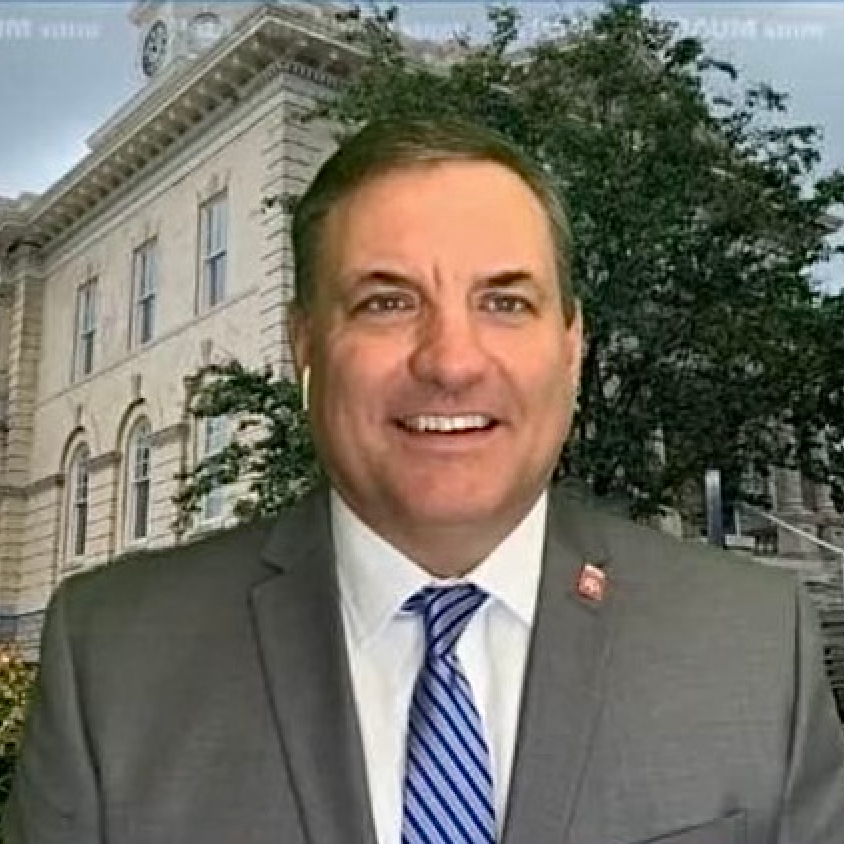What NCAA settlement means for Georgia athletics

Collegiate athletics can take the next step in its evolution, as Judge Claudia Wilken finally issued final approval on the House vs. NCAA settlement.
Wilken’s ruling came Friday after asking NCAA representation in April to modify the plan for roster limitations to be implemented over time.
The judge, in the April 7 hearing in Oakland, California, had essentially signed off on other key provisions in the landmark case — due to take effect July 1 — such as:
- back pay ($2.8 billion) to collegiate athletes who competed 2016-2024 for prior usage of their name, image and likeness
- the elimination of scholarship limits
- a $20.5 million allowance, or “cap,” for schools to pay current student-athletes for usage of their NIL
University of Georgia athletic director Josh Brooks had said if roster restrictions were to go into place — as originally planned — UGA would be adding more than 100 scholarships throughout its athletics programs.
Under the terms of the new settlement, schools have the option to keep current players on their rosters and temporarily exceed new limits — for football, the number was 105 — until their eligibility expires.
Georgia football is expected to carry more than 105 this season with players grandfathered in.
Head coach Kirby Smart said last week that some players who were uncertain of their roster status had stuck around with hopes of an agreement that would allow them to stay with the team.
The scholarships UGA plans to add will provide more support for the student-athletes participating in nonrevenue sports, where partial scholarships had previously been used for coaches to fill out rosters.
Wilken’s unexpected delay in ruling on the case had held up several UGA athletes who have been uncertain of their status.
Smart said the football program has had contingency plans in place. He added that he and his staff have been as honest as possible with players hoping football will allow for more than 105 on the roster.
“We not only don’t know that, we don’t know what the camp number’s going to be,” Smart said at the SEC spring meetings in Miramar Beach, Florida, last week. “We don’t know who’s going to get to come back when school starts, who’s going to get to come back when camp starts. A lot of unknowns in that.
“We told them that they were free to go in the portal, and some have looked out and realized that the grass is not necessarily greener because there’s not a lot of opportunities.
“Everybody’s got a reduction of opportunities, so these kids that went in (the portal) had very few places to go. So a lot of them have come back and are looking for their opportunity to return.”
That’s not necessarily the case in other fall sports programs at Georgia — or anywhere else in the country, for that matter.
Many programs and student-athletes from the fall semester had already taken steps to meet the roster restriction proposals in anticipation of the settlement being passed.
Several athletes transferred to different schools, and coaching and training budgets were adjusted to be in line with the proposed roster restrictions.
Brooks had said UGA was looking to see if the SEC would mandate how schools distributed the $20.5 million “cap” fund.
Brooks said in April the school’s plan for the $20.5 million — in the event the disbursement model was left to the individual schools — is “very close to the formula which was created for the back pay (in the NCAA settlement case),” which is 75%football, 15% men’s basketball and 5% women’s basketball.
The new revenue-sharing cap will increase by at least 4% each year during this new 10-year agreement.
NCAA President Charlie Baker indicated in a response letter that he believes the new agreement will “begin stabilizing college sports” with its structure.
“This new framework that enables schools to provide direct financial benefits to student-athletes and establishes clear and specific rules to regulate third-party NIL agreements marks a huge step forward for college sports,” he wrote.
Brooks said at the SEC spring meetings that “opportunities are there for all 21 (sports), and it could be smaller amounts, but we’ve really focused on being broad-based and having opportunities.”
The House vs. NCAA settlement allows for student-athletes to negotiate NIL deals outside of the money the school doles out.
But each deal that’s worth more than $600 will need to be approved by third-party clearinghouse Deloitte.
The proposed deal must be considered a legitimate exchange of business services, and the payment must be deemed in line with the student-athlete’s “fair market” value.
There has been widespread speculation that Wilken’s ruling on the case will spark many lawsuits, with notable challenges looming in Title IX and fair market value sectors.
A newly established College Sports Commission, an independent body, will be responsible for implementing the settlement terms governing revenue sharing, student-athlete Name, Image and Likeness deals and roster limits.
The commission will investigate potential violations of these rules, make determinations regarding potential rules violations and penalties, provide notice and opportunity to be heard, participate in the arbitration process and administer penalties for violations of these rules.
The commission’s leadership team will be announced in the near future.
Additionally, the NCAA has appointed a “Settlement Implementation Committee” made up of 10 athletic directors from the Power 5 conferences to help oversee the implementation and enforcement of the settlement.
The Settlement Implementation Committee is also expected to have some oversight in determining NCAA transfer portal windows.
SEC commissioner Greg Sankey said at the league’s spring meetings in May that his league was in agreement on one football portal window from Jan. 2-12.
Sankey noted the significance of the settlement with a statement on Friday night.
“The approval of the House settlement agreement represents a significant milestone for the meaningful support of our student-athletes and a pivotal step toward establishing long-term sustainability for college sports, two of the Southeastern Conference’s top priorities,” Sankey said.
“As the journey to modernize collegiate sports continues, we remain focused on identifying and implementing innovative opportunities for our student-athletes across all sports while maintaining the core values that make collegiate athletics uniquely meaningful.”
The University of Georgia issued a release Friday night with a timeline of dates significant to the settlement. It listed significant dates related to the implementation of the settlement.
- June 6: Settlement approved; settlement-related NCAA rules are effective, as adopted by the NCAA Division 1 Board on April 21, 2025.
- June 11: NIL Go portal launches.
- June 15: Opt-in deadline for non-defendant schools to fully commit to revenue sharing.
- July 1: First date for direct institutional revenue sharing payments to student-athletes.
- July 6: Opt-in schools must “designate” student-athletes permitted by the settlement to remain above roster limits.
- Start of 2025-26 academic year: With the exception of the “designated” student-athletes, Fall sports must be at or below roster limits by their first day of competition.
- Dec. 1: With the exception of “designated” student-athletes, Winter and Spring sports must be at or below roster limits by their first day of competition or Dec. 1, whichever is earlier.


